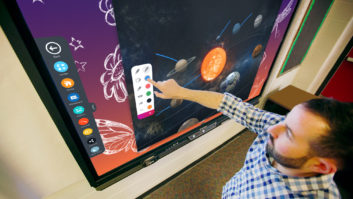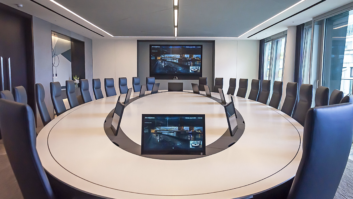We continue our AV Technology Awards countdown by profiling the shortlisted nominees for the Education Project of the Year award.
This year’s awards will be announced during a brand new digital Awards Week running from 23rd to 25th June. The awards programme is held in association with Awards Partners Crestron, Integrated Systems Europe, and the Technological Innovations Group (TIG), and Association Partners AV User Group and Women in AV (WAVE).
Nominees for Education Project of the Year
Connect: Resound Live
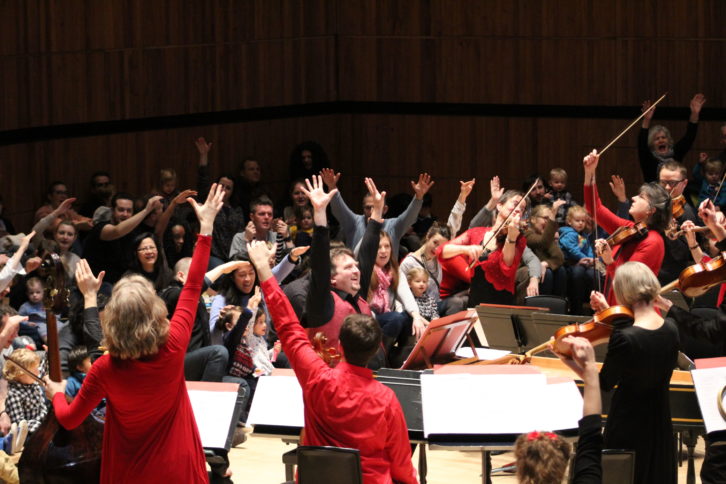
Youth music charity NYMAZ is creating new opportunities for children and young people across the UK to enjoy unique, inspiring and high-profile live music experiences by streaming them direct to schools and families free of charge at www.connectresound.live
The live broadcasts are designed especially for our audiences and include exclusive opportunities to ask questions and find out more about the professional musicians, their music and the instruments played.
“Absolutely first class! The live broadcast certainly went down well in our schools and the feedback was phenomenal,” said the head of Norfolk Music Service. “It gave us an opportunity to branch out on the types of activities that we already offer whilst offering scope for similar events in the future.”
Hiker: University of Leeds
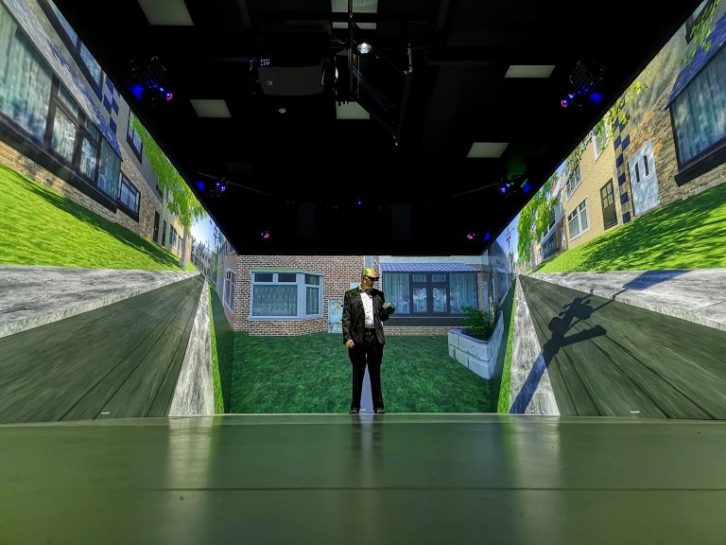
The HIKER lab is “the largest 4K resolution CAVE-based pedestrian simulation environment in the world”, according to Antycip Simulation, the French integrator that installed the lab in Leeds University.
The lab allows participants to interact with a variety of urban environments and vehicles and has been designed to support safe experimental research that can be conducted in a repeatable fashion with a variety of variables with respect to automated vehicle (AV) design, warning system design, and intersection configuration, and how people interact with built environments.
This research, in turn, allows University of Leeds researchers to contribute to the design of sustainable cities that meet the needs of future populations.
London School of Economics: Centre Buildings Redevelopment
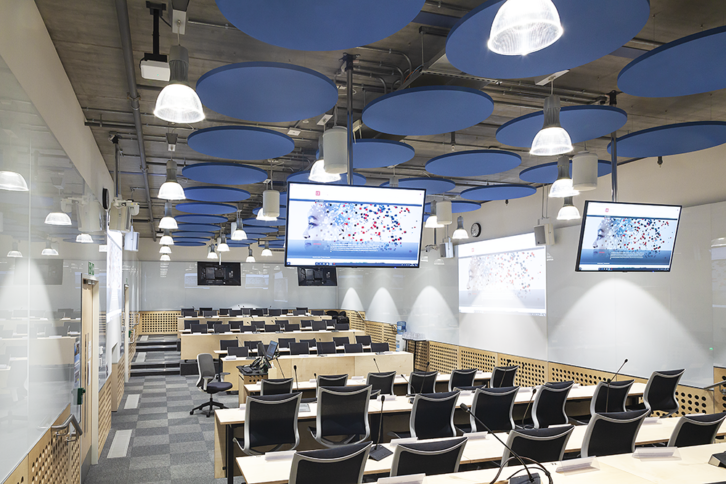
LSE’s Centre Buildings Redevelopment (CBR) will create a state of the art flexible and highly sustainable academic and teaching building providing flexible teaching and learning spaces. This area also needed to include a 200-seater auditorium, an 80-seat lecture theatre, smaller lecture theatres and seminar/breakout spaces.
proAV has supported the CBR project by providing design, system configuration and integration, supply, installation and testing/commissioning of all audiovisual equipment whilst coordinating with other contractors to meet tight project timescales.
“All of these integration projects were completed with a high degree of success,” said Daniel Roberts, assistant director for technology operations at LSE. “In particular proAV’s rack build is the best in the business and also, we were more than happy with the quality of the installation engineers who approached the project with an appropriate level of flexibility yet attention to detail.”
Dublin City University: Panasonic and Hereworks
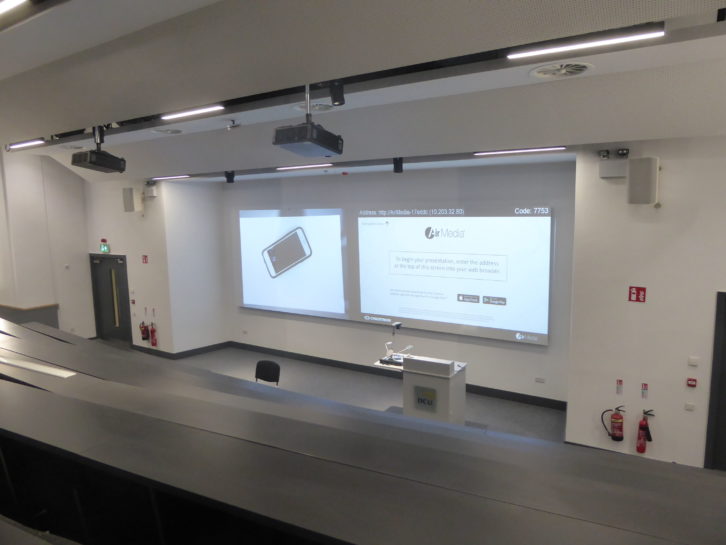
Dublin City University (DCU) identified a need to update its digital technology infrastructure to facilitate the university’s progression to a more collaborative and flipped learning classroom environment to provide the ability for its staff to communicate more efficiently across campuses and with its 1,500 plus distance learning students worldwide.
The design of the Stokes Building began early 2019 and the AV fit out of the project took place over six months from April to September 2019. The project was delivered on time and met the client’s objectives.
“DCU’s commitment to develop a 21st century digital campus requires a partner that can reliably bring leading edge, best in class solutions to realize this. Panasonic & Hereworks have been the perfect fit,” said Barbara McConologue, director of information system services, DCU.
University of Newcastle: Roche Audio Visual
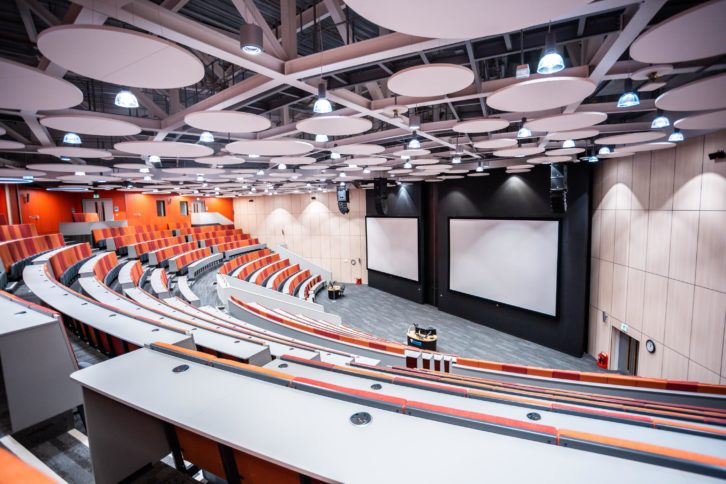
The Frederick Douglass building is a £34m new-build, built by construction company Sir Robert McAlpine, on the ‘helix’ site at the University of Newcastle. The building is designed to ‘shape the future of learning and weave together social spaces and lecture theatres’. To achieve its aim, the University required the integration of the latest audiovisual technologies, to deliver both traditional and collaborative teaching, and assure an outstanding student experience.
The standout feature is the 750-seat auditorium that, due to one of the largest acoustic walls in Europe, can be divided into 250 and 500 seat lecture theatres. A nearby 200-seat collaborative lecture theatre can be configured as an overflow facility, giving the University the option of hosting up to 950 people at lectures, conferences and other events. This makes it one of the largest lecture theatres in the UK.
“The lecture theatre has completely changed the dynamic of what Newcastle University can offer in terms of education and conferencing,” said Colin Fahey, audio visual team leader at the University of Newcastle. “The Frederick Douglass centre is a huge step on the way to the University becoming a go to place for conferencing and exhibitions in the North East.”
VSimulators project: ST Engineering Antycip
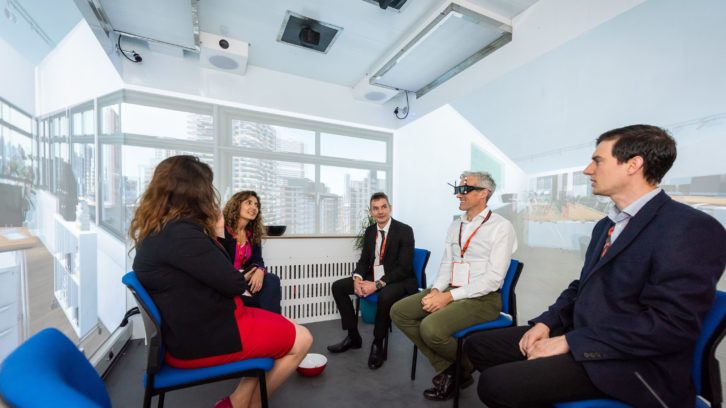
VSimulators is a collaborative infrastructure project between the University of Bath, the University of Exeter and the University of Leicester exploring how people experience and respond to their environment.
There are two VSimulators: one based at University of Exeter and the other one at the University of Bath. Combined together, they will allow the engineering, infrastructure and architecture industries to investigate how humans respond to factors such as movement and vibrations in buildings and structures. VR specialist and integrator Antycip was responsible for producing and installing the projected virtual reality environments.
Julie Lewis Thompson, commercial manager for VSimulators, said: “We initially anticipated significant interest and use by partners in our immediate community from the civil engineering, infrastructure and architecture fields, but we are now also receiving enquiries from partners in other fields such as virtual reality, healthcare technology, balance related issues, biomechanics and sports equipment.”
University of Notre Dame: Campus Crossroads Project
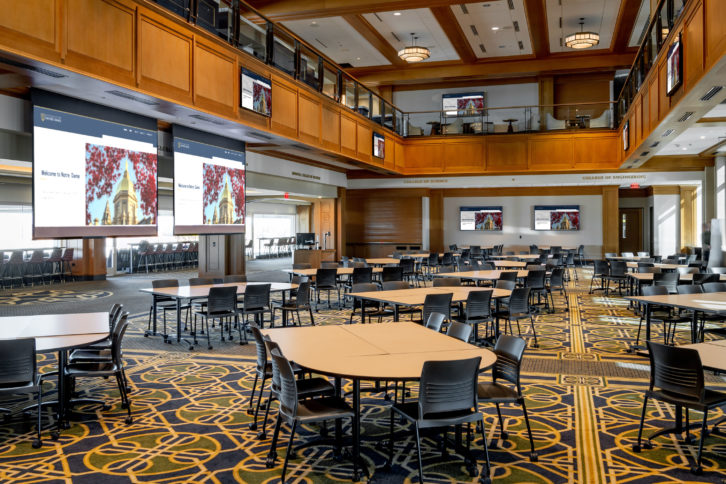
Notre Dame has revolutionised its approach to education by developing a catalogue of AV core standards built on Crestron technology. Each core standard is specifically designed to transform spaces, such as conference rooms, classrooms, auditoriums, study spaces, seminar rooms, and offices.
The Campus Crossroads Project was the largest building initiative in the history of the university, featuring over 800,000 square feet of classroom, research, student life, media, performance, meeting, event, and hospitality space. The project’s three state-of-the-art buildings overlook Notre Dame Stadium and feature academic spaces, libraries, and lounge areas for receptions.
Jason Railton, manager of ND Studios AV Technologies, Notre Dame, explained: “One of the newest additions to our core standards is the Crestron Flex line. When we switched our video conferencing platform, we needed a hardware solution that would give us a consistent user experience, exceptional audio, and image quality, and Crestron Flex does just that.”
Lower Mountjoy Teaching and Learning Centre: University of Durham
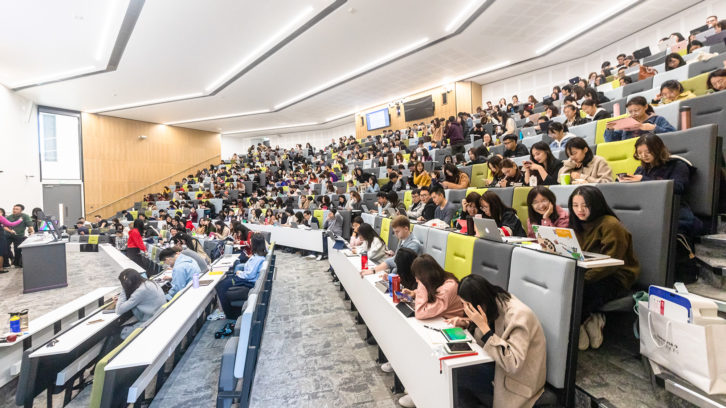
The brief given to Visavvi was to “create a highly flexible network of AV technology suitable for 21st century education, but agile and adaptable enough to be future proof, making the new £40m Lower Mountjoy Teaching and Learning Centre at the University of Durham one of the best facilities in Europe”.
Initial engagement with the university started in Easter 2017. Throughout the evaluation, design and installation phase lasting 30 months Visavvi were in constant communications with all parties: the University, third-party building, IT and service contractors plus technology manufacturers, to ensure all were working in unison to achieve the deadline for the University to open its doors to students at the beginning of a new academic term in September 2019.
Dr Crispin Bloomfield, the University’s director of IT operations, said: “It’s been arguably the most ambitious IT development project the University has ever undertaken… and it’s left us in the position that we have a real flagship development, not just for Durham, not just for the UK higher education market, but something that has a global presence and importance. We couldn’t have done that without the expertise and professionalism of the Visavvi team.”

